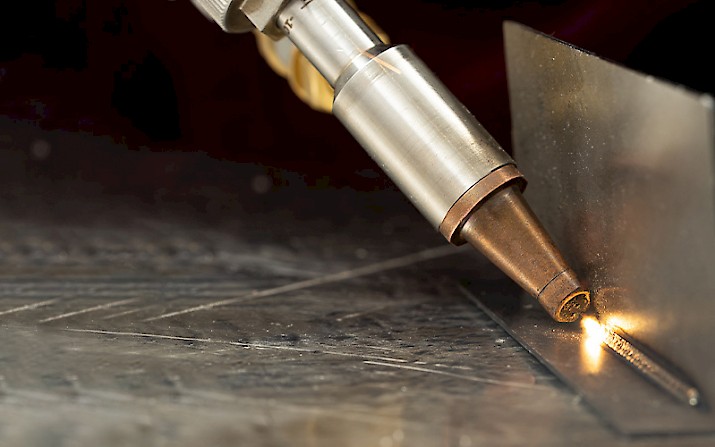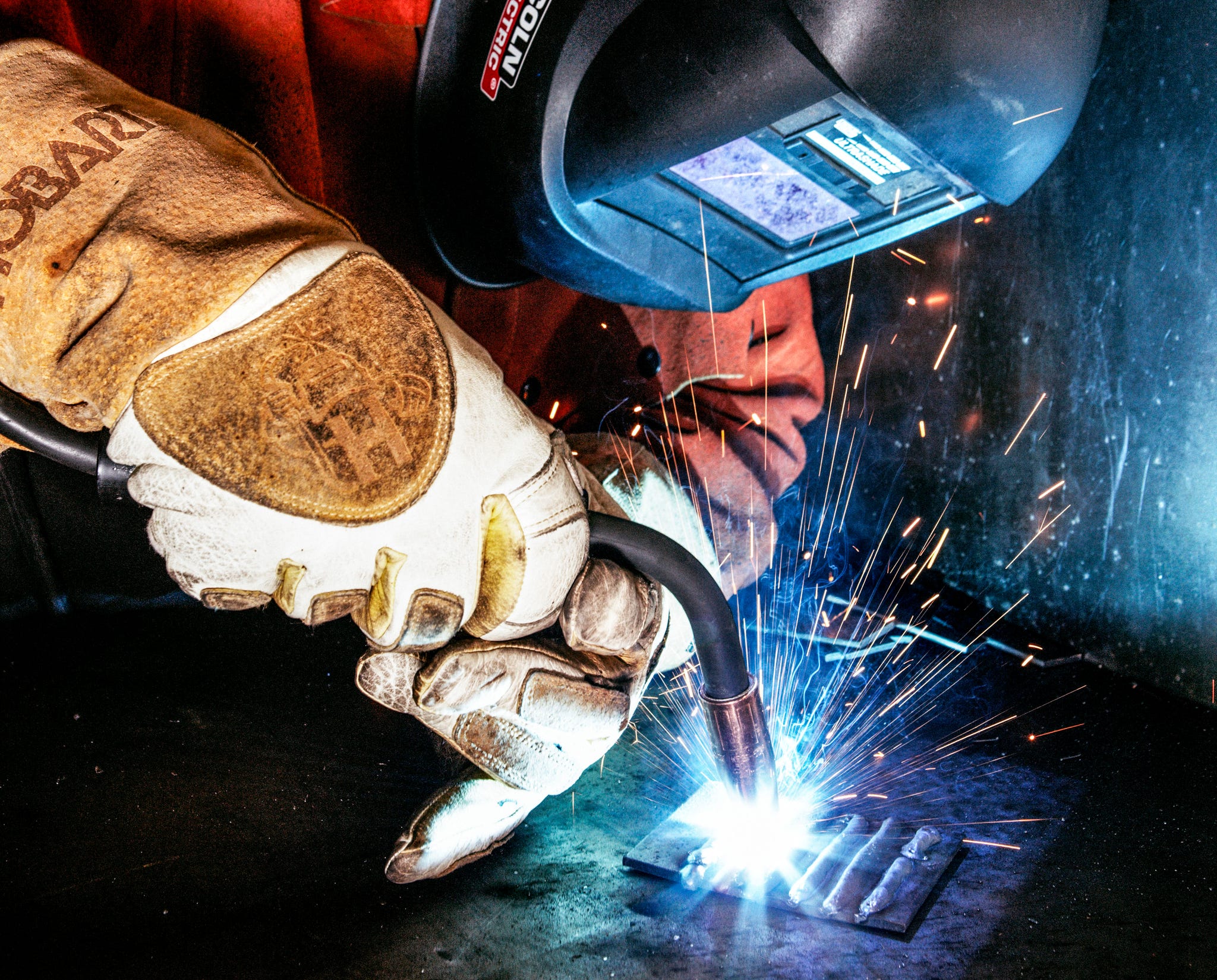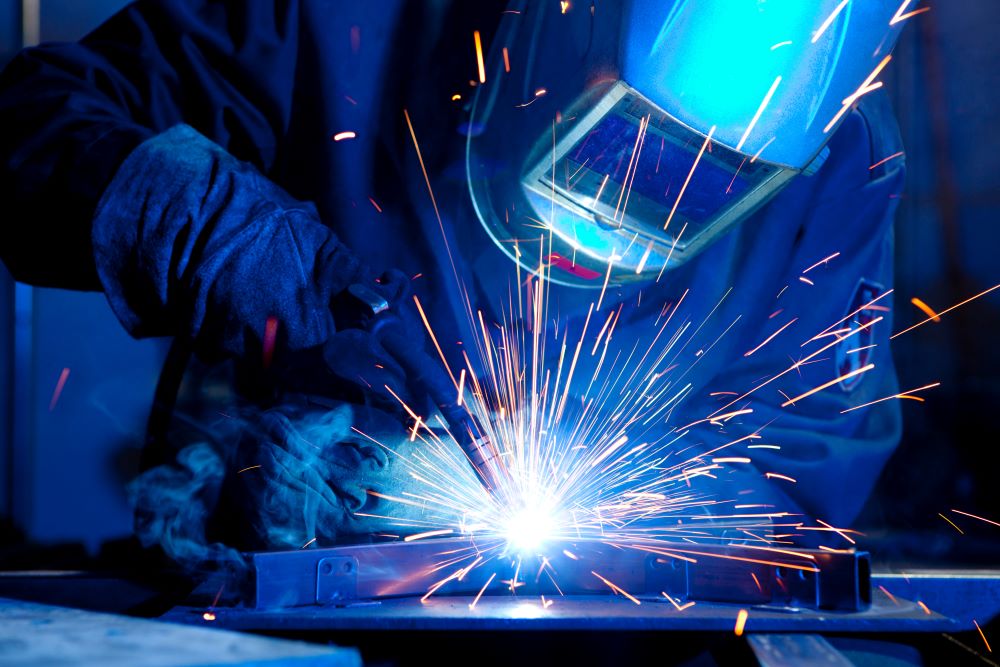The Ultimate Guide to Welding WPS Procedures: A Detailed Review for Welders
In the intricate globe of welding, Welding Treatment Specs (WPS) offer as the backbone of making certain high quality, consistency, and safety in welding procedures (welding WPS). As we delve right into the numerous parts of a WPS and explore the complexities of credentials and certification, we will certainly uncover the crucial function these treatments play in the world of welding.
Value of WPS Procedures
Understanding the significance of Welding Procedure Specs (WPS) treatments is vital for guaranteeing the quality and stability of welded structures. WPS treatments offer as a roadmap for welders, laying out the necessary steps, parameters, and products required to achieve an audio weld. By adhering to WPS standards, welders can ensure consistency in their work, leading to reliable and structurally audio welds.
One of the primary factors why WPS treatments are crucial is their function in keeping weld quality and honesty. Following the defined welding parameters and methods laid out in the WPS assists avoid defects such as porosity, breaking, or incomplete fusion, which can endanger the strength and resilience of the weld.

Components of a WPS
A Welding Procedure Spec (WPS) commonly makes up vital elements that detail the particular demands for implementing a weld, ensuring consistency and quality in the welding process. The vital parts of a WPS include important variables such as base steels, filler metals, interpass and preheat temperatures, welding processes, securing gases, welding positions, and post-weld warmth therapy requirements.
Base steels refer to the materials being joined, while filler metals are made use of to load the void in between the base steels throughout welding. Preheat and interpass temperatures are essential for controlling the warm input and preventing concerns like cracking or distortion. The welding procedure describes the particular method to be utilized, whether it's gas steel arc welding (GMAW), protected steel arc welding (SMAW), or another approach. Securing gases protect the weld pool from climatic contamination. Welding placements specify the positionings in which welding can be executed. Post-weld warm therapy may be needed to soothe tensions and improve the weld's properties. A complete understanding of these elements is critical for creating a effective and comprehensive WPS.

Credentials and Certification
Having developed the essential elements of a Welding Treatment Spec (WPS), the focus now changes towards the crucial elements of credentials and certification in welding methods.

Qualification, on the other hand, is the formal recognition of a welder's credentials by an appropriate qualification body or organization. Welding certifications are typically based upon the certain welding procedures, materials, and placements a welder is qualified to work with. Holding a valid welding qualification demonstrates that a welder meets sector standards and is skilled to carry out welding tasks to the called for specifications.
Creating a WPS
To establish a Welding Treatment Specification (WPS) that satisfies market requirements, mindful consideration of welding procedures, products, and functional criteria is vital (welding WPS). The primary step in creating a WPS is to identify the welding procedure to be used, such visit here as gas steel arc welding (GMAW) or protected metal arc welding (SMAW) Once the welding process is figured out, the following critical element is picking the ideal products, considering aspects like base steel kind, density, and joint layout. Functional specifications such as welding current, voltage, travel speed, and shielding gas structure must likewise be carefully defined in the WPS.

Carrying Out and Checking WPS
Upon settling the comprehensive Welding Procedure Spec (WPS) that meticulously information welding procedures, products, operational parameters, and high quality assurance procedures, the focus moves to successfully applying and keeping an eye on the established procedures. Application includes ensuring additional reading that all welders entailed in the project are acquainted with the WPS and follow it thoroughly during the welding process. Reliable implementation and monitoring of the WPS are essential for ensuring the honesty, strength, and safety and security of the welded joints, eventually contributing to the general success of the welding job.
Final Thought
Finally, understanding and complying with Welding Treatment Requirements (WPS) is important for welders to guarantee quality, uniformity, and safety and security in their job. By knowing the parts of a WPS, acquiring correct certifications and accreditations, creating thorough procedures, and applying and monitoring them properly, welders can boost their abilities and effectiveness in welding methods. Complying with WPS procedures is necessary for creating premium welds and meeting industry standards.
In the elaborate world of welding, Welding Treatment Requirements (WPS) serve as the foundation of making sure quality, consistency, and security in welding operations. The welding process lays out the details method to be utilized, whether it's gas metal arc welding (GMAW), shielded metal arc welding (SMAW), or one more method.To develop a Welding Procedure Spec (WPS) that satisfies market criteria, careful consideration of welding processes, materials, and functional parameters is important. The top article first action in producing a WPS is to determine the welding process to be used, such as gas steel arc welding (GMAW) or protected metal arc welding (SMAW)Upon completing the extensive Welding Procedure Spec (WPS) that carefully details welding processes, products, functional parameters, and top quality guarantee measures, the focus moves to effectively implementing and monitoring the recognized treatments.